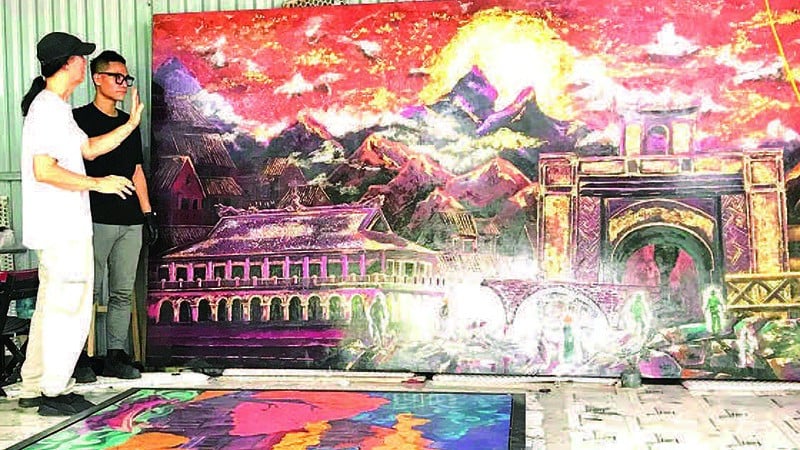
After the majestic exhibition "Sacred Marks" in the Thang Long Imperial Citadel Relic Site in 2024, 9x artist Chu Nhat Quang is preparing to introduce 20 large-scale lacquer works at the exhibition "Independence Spring" to celebrate the 80th anniversary of the August Revolution and National Day September 2.
Innovation on traditional platforms
For many months now, every day of young artist Chu Nhat Quang at the "Independence Spring" painting studio in Y La area, Duong Noi ( Hanoi ) often begins with early morning meetings and work discussions with colleagues, followed by a long period of working until late at night.
After 7 years of studying art abroad and absorbing Western painting ideas, Chu Nhat Quang chose traditional lacquer.
The passion grew over the years in the cramped apartment space in a small alley in Hanoi of his grandfather, People's Artist Chu Manh Chan, and his father, Meritorious Artist Chu Luong, two famous lacquer painters of countryside paintings and water puppetry. They not only taught Quang the basic techniques of the profession but also inspired, nurtured and nurtured in the young artist a love and appreciation for the national cultural values and historical lessons hidden in each heritage.
The 9x artist still remembers what an Australian lecturer told him before he left for home: “We equip you with thinking, knowledge, technology, and modern painting trends. Go all the way with your love and aspirations and you will succeed on the path of national art.”
The time he spent back home for more than 5 years was not much for Quang, but he had time to leave a strong mark on the Vietnamese art scene.
Based on the traditional techniques of making the canvas and creating lacquer colors, the 9x artist has sought new directions, promoting and elevating Vietnamese lacquer in his endless creativity in the way of expression. Chu Nhat Quang has overcome the limitations of traditional lacquer to create many colors expressed in his paintings.
He also boldly researched and expressed lacquer on large-sized monolithic paintings made from recycled materials, not cut and assembled like wooden paintings. Up to now, large-sized monolithic lacquer paintings have become Quang's trademark in the painting world.
Journey through historical events
After the exhibition “Sacred Marks”, the art world is eagerly awaiting 20 large-sized paintings, some of which are nearly 20 square meters in size, at the exhibition “Independence Spring” by Chu Nhat Quang.
The exhibition will take place at the Ho Chi Minh Museum (Hanoi) in mid-August on the occasion of the 80th anniversary of the August Revolution and National Day September 2.
The space of “Independence Spring” is like a journey through each typical event, where each architectural block carries the typical beauty of the region in the general unity of national culture, installed, interwoven, vividly blended with human images, reminding of historical events.
There, there is Ba Dinh Square, Ho Chi Minh Mausoleum, Lung Cu flagpole, the homeland's frontier, Truong Son road with bustling troops, Quang Tri ancient citadel, a bloody time, Nha Rong Wharf where Uncle Ho left to find a way to save the country, Truong Sa, Hoang Sa and Independence Palace, the final gathering point of the Great Victory Day of Spring 1975...
The highlight of this exhibition space is the two-sided lacquer paintings “Uncle Ho reading the Declaration of Independence” measuring nearly 8m long and nearly 3m wide and “North-South Unification” measuring 5m long and 4m wide, each weighing 2 to 3 tons, with two sides with the same theme.
The image of the beloved leader of the nation, a great personality, a cultural celebrity of Vietnam and humanity is vividly portrayed, depicting his intellectual stature, tolerance and affection for the country, for the people as well as the people and international friends for Uncle Ho.
Along with these two works, there is also a series of large-scale paintings called “Uncle Ho’s Road” recreating President Ho Chi Minh’s journey to find a way to save the country from Ben Nha Rong until he returned to Pac Bo to directly lead the revolution to liberate the nation and gain independence and freedom.
The highlight is the lacquer portrait of leader Nguyen Ai Quoc in 1920 during his days of active revolutionary activities in Paris (France) with the image in front of him being a wide horizon of liberation for the nation when he approached Marxism-Leninism.
According to Meritorious Artist Chu Luong: “The interesting and unique thing is that Quang creates paintings about historical themes through the eyes and understanding of today's young people. I am very happy that they know how to feel and think about history in the right direction and have begun to take on our responsibility as artists to the country and the people.”
Source: https://nhandan.vn/tai-hien-lich-su-bang-nghe-thuat-son-mai-post894728.html


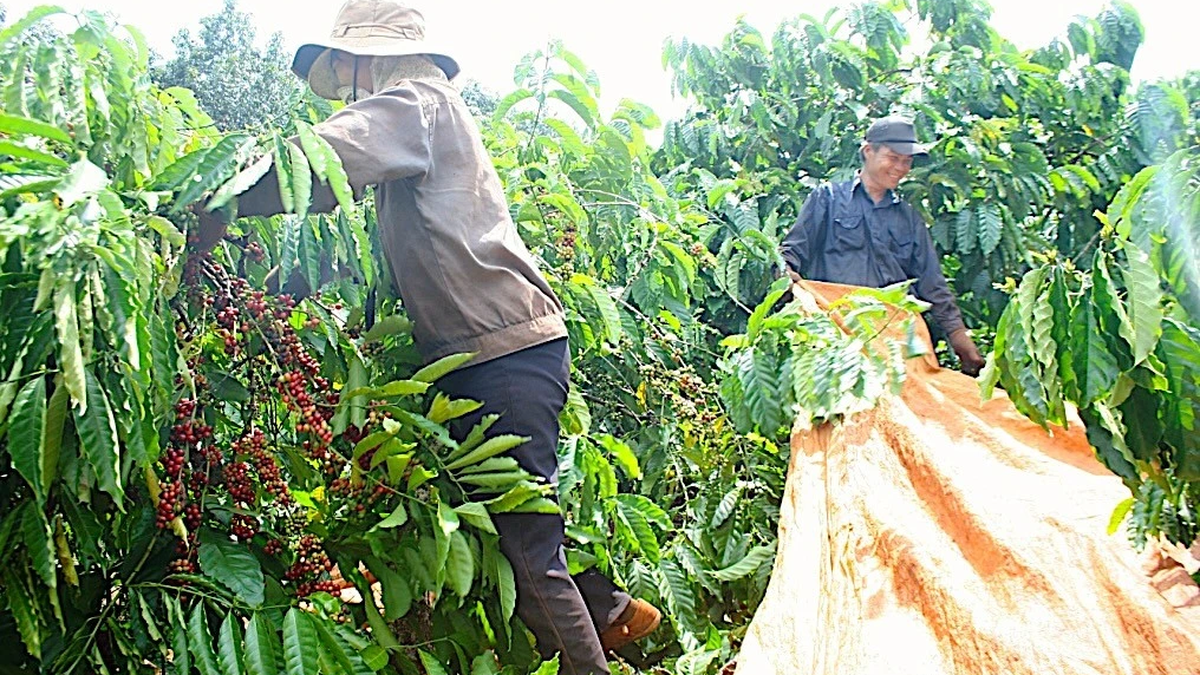

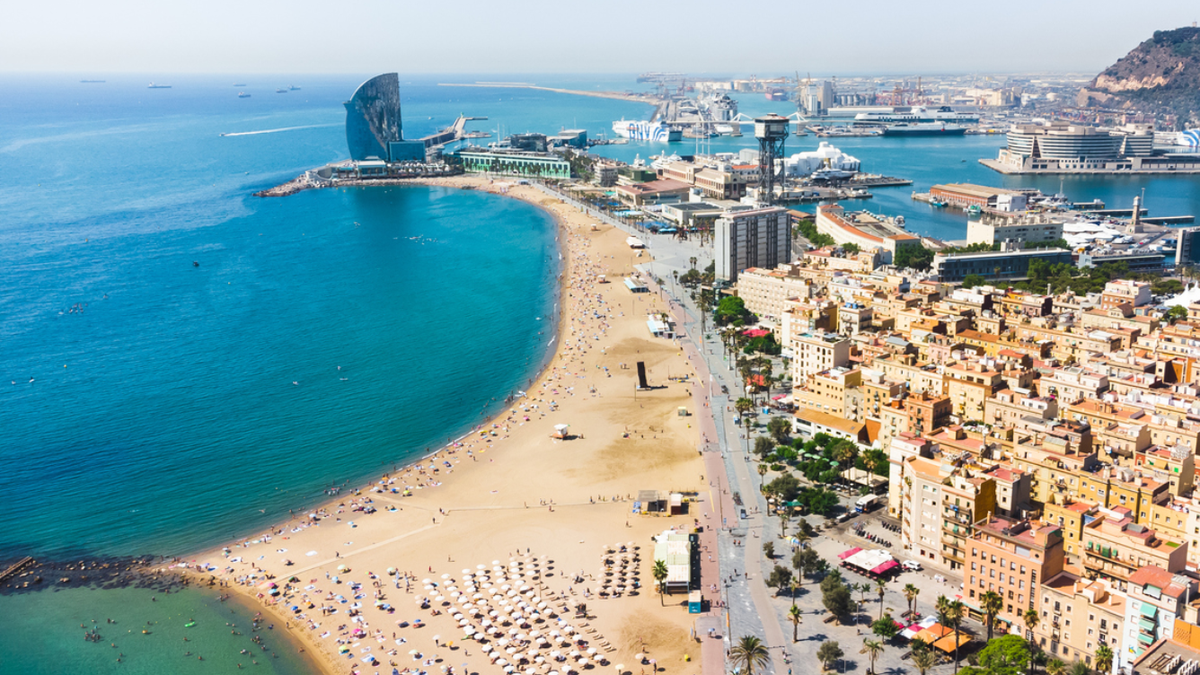
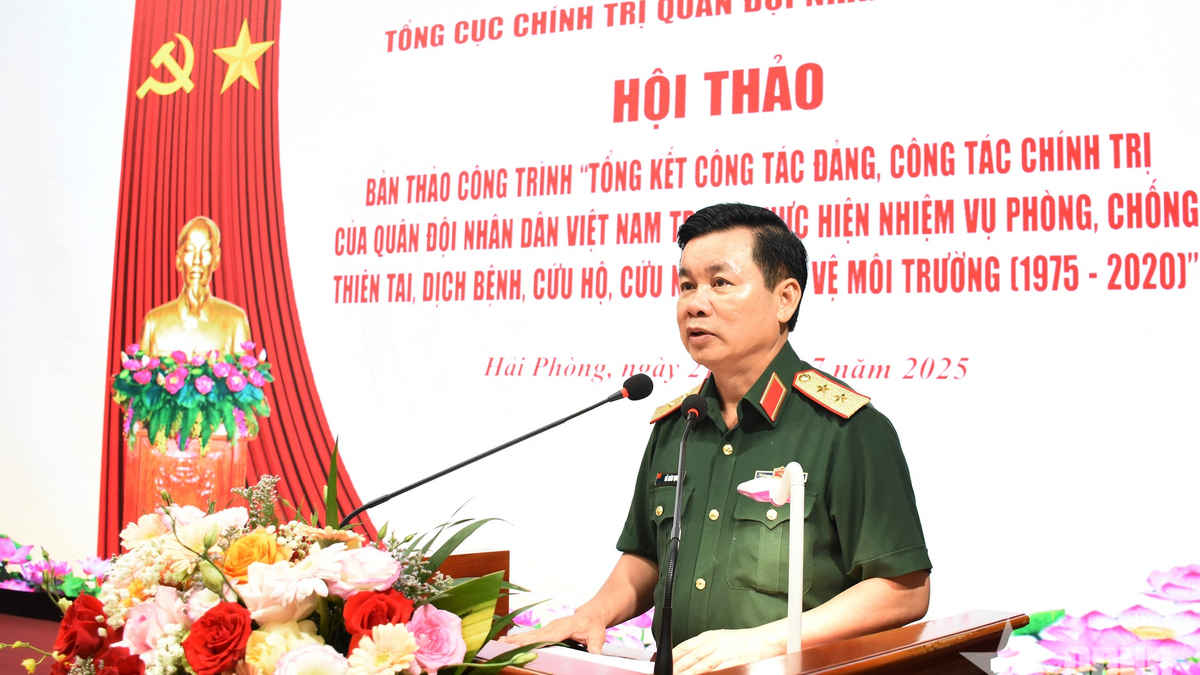
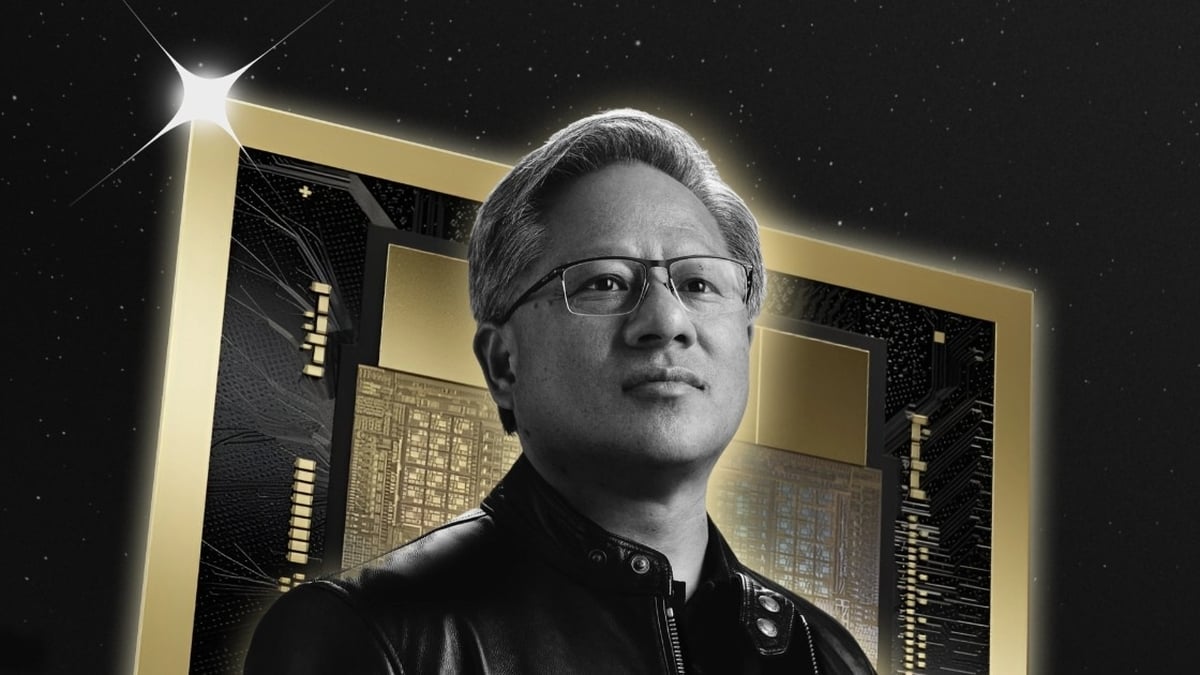
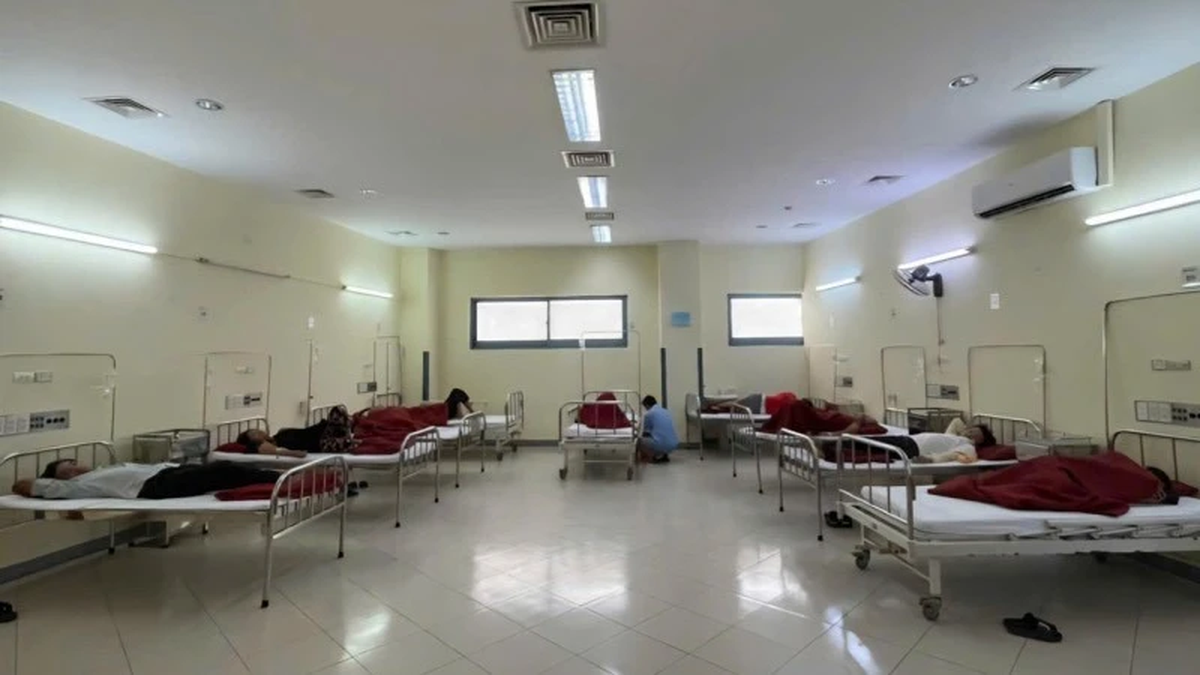
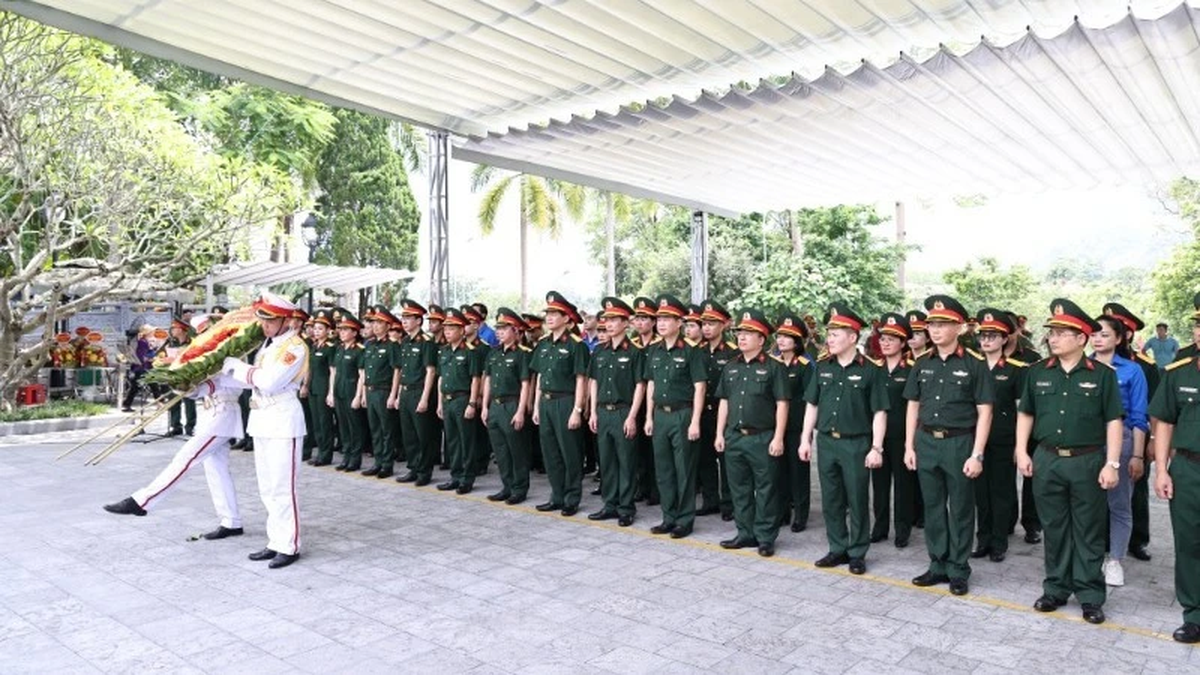


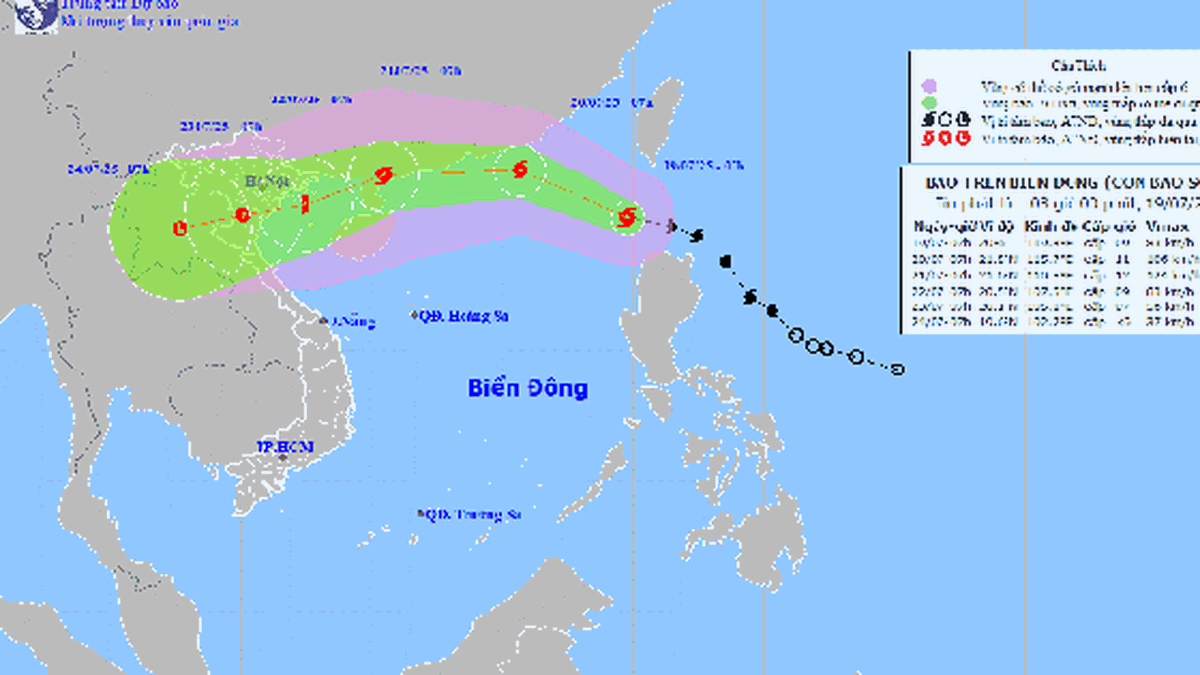

















![[Photo] National Assembly Chairman Tran Thanh Man visits Vietnamese Heroic Mother Ta Thi Tran](https://vphoto.vietnam.vn/thumb/1200x675/vietnam/resource/IMAGE/2025/7/20/765c0bd057dd44ad83ab89fe0255b783)





























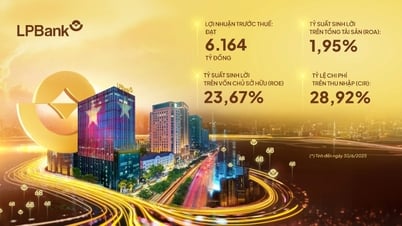
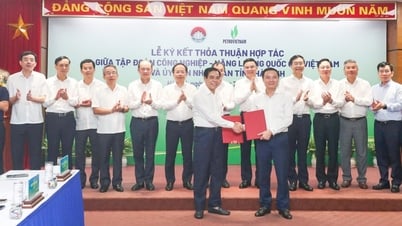
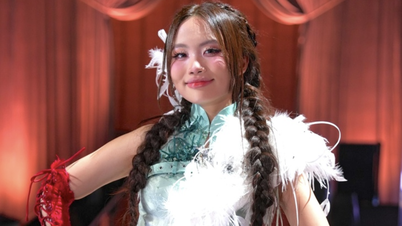

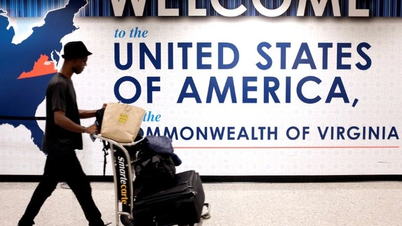


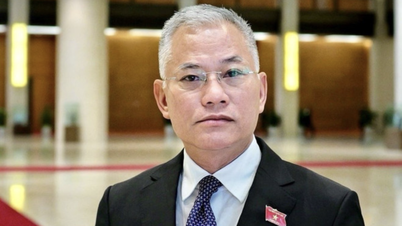
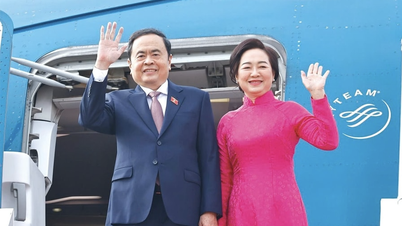
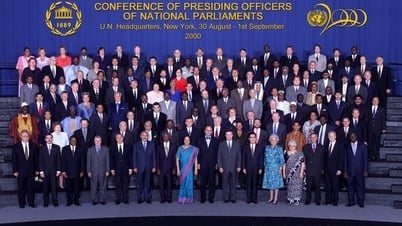
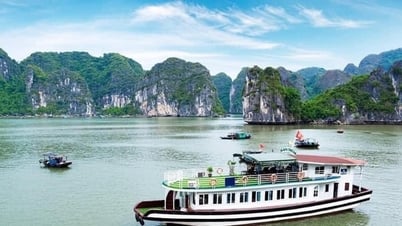

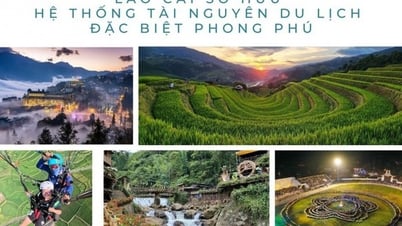
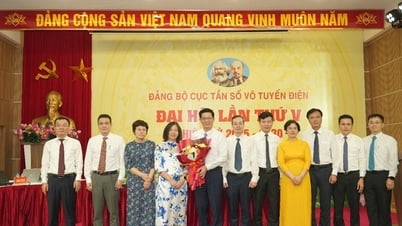

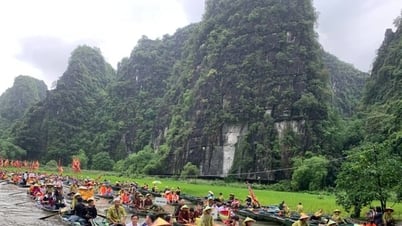

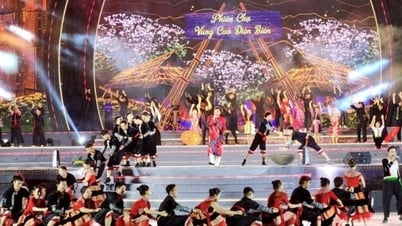





















Comment (0)